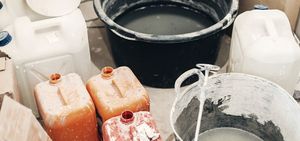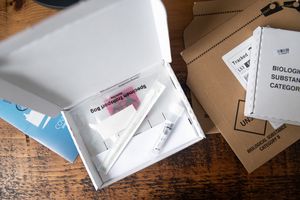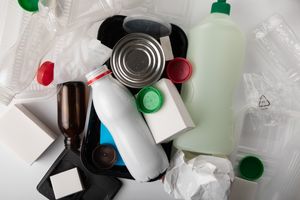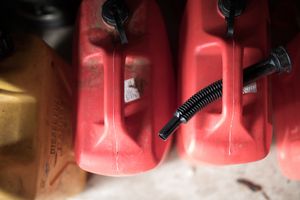Spill Kit Inventory & Deployment Guide
This is a info alert
This is a danger alert
This is a success alert
This is a warning alert
This is a dark alert
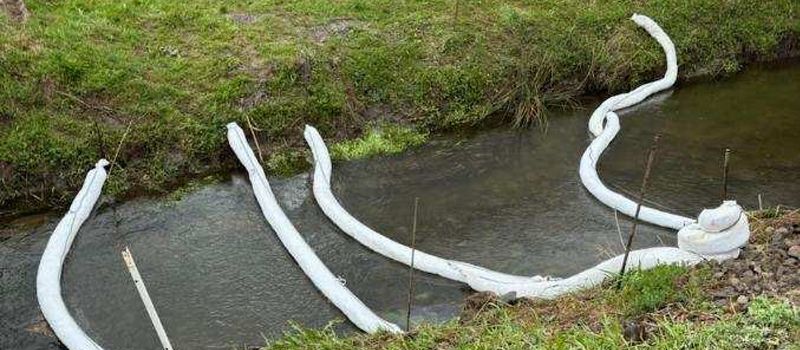
Introduction
A well-maintained and properly deployed spill kit is essential for responding quickly and effectively to hazardous material spills. This guide outlines the necessary components of a spill kit, best practices for storage and maintenance, and deployment procedures for different spill scenarios.
1. Spill Kit Components
Spill kits vary depending on the type and volume of hazardous materials being handled. Below is a breakdown of essential components:
A. Absorbents
Absorbent Pads & Rolls – For soaking up spills on flat surfaces.
Booms & Socks – For perimeter control and storm drain protection.
Pillows & Granular Absorbents – For containing larger pools of liquid.
Neutralizing Absorbents – For acids and caustic substances.
B. Personal Protective Equipment (PPE)
Chemical-resistant gloves (Nitrile, Neoprene, or PVC).
Safety goggles or full-face shields.
Protective coveralls for larger spill response.
Respirators and cartridges for airborne hazards.
C. Containment Tools
Spill berms or dikes to prevent spread.
Drain covers & plugs to block entry to stormwater systems.
Plastic sheeting to isolate contaminated areas.
Shovels & scoops for solid spill material collection.
D. Disposal & Storage Materials
Hazardous waste bags & disposal drums.
Labels & markers for clear identification of hazardous waste.
Zip ties & sealing tape for securing containment bags.
Storage container (weather-resistant & labeled appropriately).
E. Emergency Response Materials
Spill Response Guide – Quick-reference action steps.
SDS (Safety Data Sheets) copies for hazardous materials stored on site.
Emergency contact list (DEC, EPA, HAZMAT, local response teams).
First aid kit for responder safety.
2. Spill Kit Placement & Storage Best Practices
A. Recommended Placement Locations
Near hazardous material storage areas (chemical rooms, fuel storage sites).
Loading docks & transportation hubs (where spill risks are high).
Manufacturing floors & processing areas.
Near storm drains, water access points, and sensitive areas.
Inside mobile response vehicles for off-site incidents.
B. Storage & Maintenance Checklist
Inspect kits monthly to ensure all components are stocked and in good condition.
Replace expired PPE and absorbents as needed.
Verify spill kit labels and instructions are legible and up to date.
Ensure easy access to kits with no obstructions in the storage area.
3. Spill Kit Deployment Procedures
A. Small-Scale Spills (Less than 5 gallons)
Identify the spilled substance (reference SDS if needed).
Wear appropriate PPE before handling the spill.
Use absorbent pads or socks to contain the liquid.
Dispose of used materials in hazardous waste bags.
Label and store waste properly for disposal at an approved facility.
B. Medium-Sized Spills (5-50 gallons)
Evacuate unnecessary personnel from the area.
Deploy spill booms or socks to prevent spreading.
Neutralize hazardous substances if applicable.
Use shovels or granular absorbents to collect excess material.
Notify environmental response authorities if required by regulations.
C. Large-Scale Spills (Over 50 gallons or high-hazard materials)
Activate emergency response plans and notify proper authorities.
Shut down ignition sources if dealing with flammable materials.
Deploy drain covers and containment barriers to prevent environmental contamination.
Contact a professional HAZMAT response team.
Document the spill, response actions, and disposal process for compliance reporting.
4. Spill Kit Training & Preparedness
A. Employee Training Requirements
Conduct quarterly spill response drills.
Train employees on proper PPE selection and use.
Familiarize personnel with spill kit locations and contents.
B. Record-Keeping & Compliance
Maintain a spill kit inventory log with inspection dates.
Document spill incidents and response effectiveness.
Ensure compliance with OSHA, EPA, and DEC regulations.
Conclusion
A well-stocked and properly deployed spill kit is an essential component of any hazardous spill response plan. Ensuring regular maintenance, strategic placement, and responder training will minimize environmental impact and enhance safety.
For further assistance, consult your local environmental agencies and hazardous waste disposal specialists.
🔄 Next Steps in Spill Preparedness & Response
Looking to deepen your understanding or take action? Explore these related resources:
